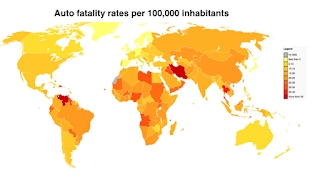As DVR's and streaming alternatives have driven advertisers to live events like the WorldSseries where they still have an opportunity to reach audiences, some have forgotten that context matters!
A few examples:
Lexus, in an effort to raise its profile to a large audience ran a 'December to Remember' ad...on November 1st. Sorry, my pumpkin is still breathing...it's too early!
Likewise, Target ran a holiday ad that was equally out of context. Baseball is better associated with the 4th of July!
But perhaps one of the most disturbing disconnects between message and context came from Southwest Airlines.
Eager to push their changeable fares before the holidays, they ran an ad in which a coach pledged that their team was going all the way, only to lose and have to change their travel plans. Running this on the 7th game of the World Series is the biggest buzzkill ever! No fan wants to be demoralized by an ad before it's over!
So advertisers, before you jump on the live tv bandwagon, understanding the context! other wise you could do more damage than good!


























